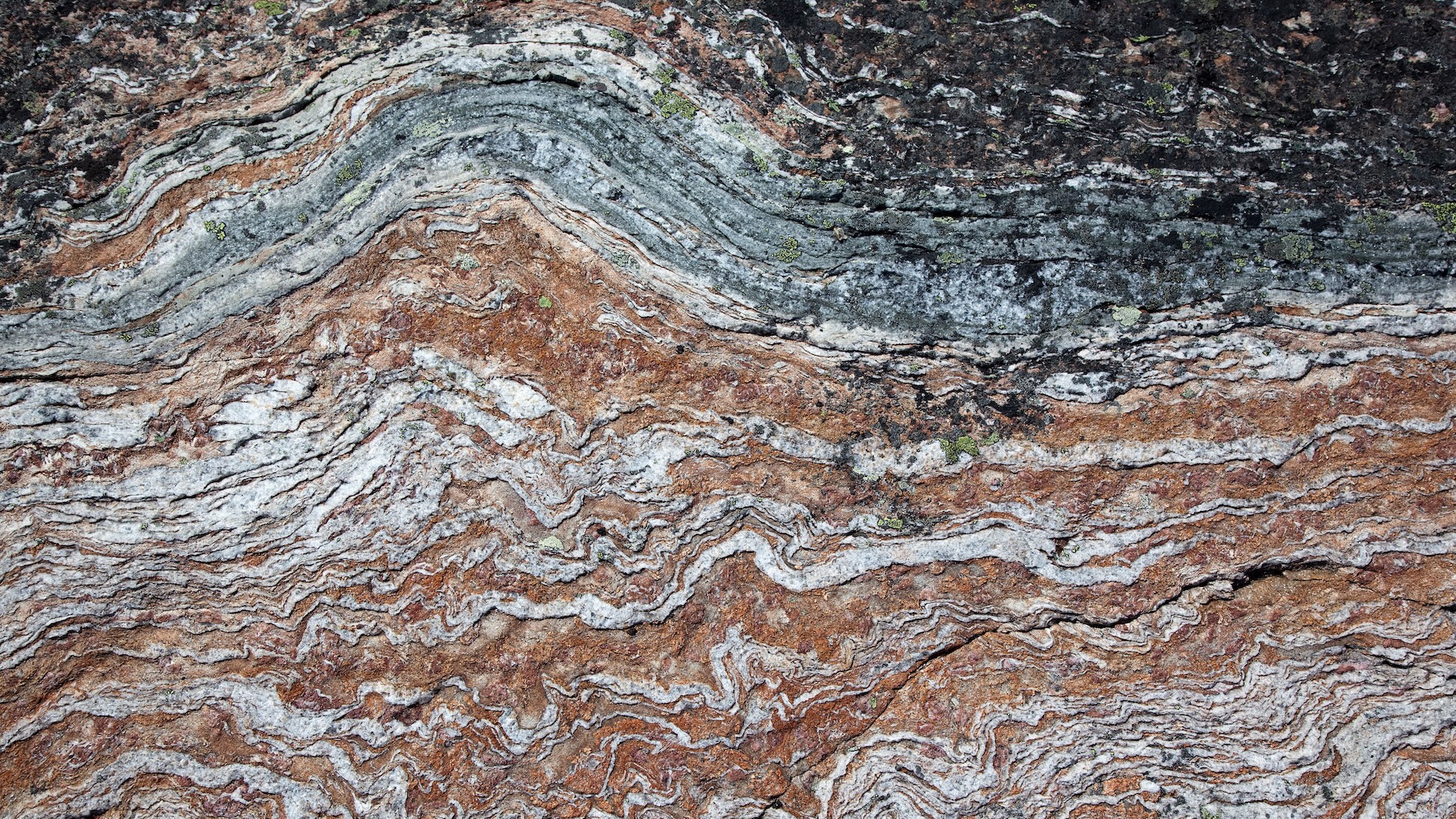These 208 Minerals Exist Solely Due to Humans
![Simonkolleite [Zn5(OH)8Cl2·H2O] found on a copper mining artifact in Rowley mine, Maricopa County, Arizona.](https://cdn.mos.cms.futurecdn.net/JqGfD2quAER7gtozRWp5HS.jpg)
Over centuries, humans have left a widening imprint on this planet, marked by a growing need for natural resources, and by the rapid expansion of agriculture and infrastructure.
And a new study has found that one of the hallmarks of this footprint is the appearance of 208 species of minerals that exist solely due to human activity.
These minerals represent nearly 4 percent of the 5,200 mineral species recognized by the International Mineralogical Association (IMA), and most can be attributed — directly or indirectly — to mining in locations around the world, forming as a direct result of their rocky environment's uniquely human-made conditions. [Photos: The World's Weirdest Geological Formations]
Many of the minerals that were linked directly to mining formed within the mines themselves, in dumps for mining by-products or on mining-related artifacts, with some dating as far back as the Bronze Age, the study authors reported. And other minerals emerged naturally but from human-made objects: bronze artifacts in Egypt, tin artifacts in Canada, and lead artifacts in a Tunisian shipwreck.
Earth's history is marked in periods of time known as epochs, which are defined by notable changes in the geologic record. The current epoch, the Holocene, launched about 12,000 to 11,500 years ago, after the end of the Paleolithic Ice Age, but geologists have proposed the introduction of a new epoch called the Anthropocene to characterize a recent period in Earth's history, dating back about two centuries ago.
The Anthropocene indicates the first appearance of evidence for people shaping permanent geologic changes, such as the large-scale removal of rock and sediment, the widespread redistribution of gemstones and mineral specimens, and the global appearance of novel minerals associated with human activity.
![Simonkolleite [Zn5(OH)8Cl2·H2O] found on a copper mining artifact in Rowley mine, Maricopa County, Arizona.](https://cdn.mos.cms.futurecdn.net/JqGfD2quAER7gtozRWp5HS.jpg)
According to the new study, the catalog of 208 minerals that exist solely due to human activity represent a clear dividing point in Earth's history — before human activity and after. This impact is expected to last "far into the future," the study authors wrote.
Get the world’s most fascinating discoveries delivered straight to your inbox.
And due to the rapid pace of the new minerals' formation and the likelihood of many more continuing to emerge, their appearance is described by the scientists as equal in significance to — if not greater than — the so-called Great Oxidation event billions of years ago, when the influx of oxygen in Earth's atmosphere spurred the development of about two-thirds of all known minerals.
"Simply put, we live in an era of unparalleled inorganic compound diversification," study co-author Robert Hazen, a research scientist at the Carnegie Institution of Washington’s Geophysical Laboratory and a professor of Earth Science at George Mason University in Virginia, said in a statement.
"Indeed, if the Great Oxidation eons ago was a 'punctuation event' in Earth's history, the rapid and extensive geological impact of the Anthropocene is an exclamation mark," Hazen added.
The findings were published online March 1 in the journal American Mineralogist.
Original article on Live Science.

Mindy Weisberger is an editor at Scholastic and a former Live Science channel editor and senior writer. She has reported on general science, covering climate change, paleontology, biology and space. Mindy studied film at Columbia University; prior to Live Science she produced, wrote and directed media for the American Museum of Natural History in New York City. Her videos about dinosaurs, astrophysics, biodiversity and evolution appear in museums and science centers worldwide, earning awards such as the CINE Golden Eagle and the Communicator Award of Excellence. Her writing has also appeared in Scientific American, The Washington Post and How It Works. She is the author of the book "Rise of the Zombie Bugs: The Surprising Science of Parasitic Mind Control," published by Hopkins Press.
